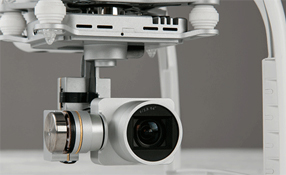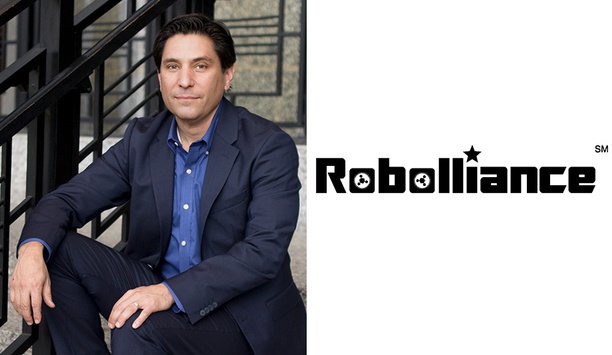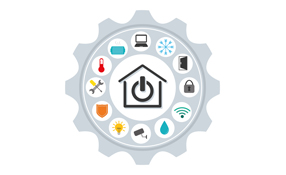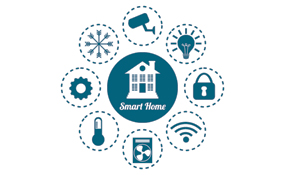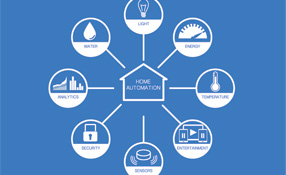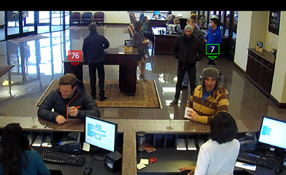What does it take to be a success in the rapidly expanding home automation sector? For large and small security companies, making the jump from providing traditional security services to enabling the new Smart Home means dealing with competition.
Security Firms v/s Cable And Telco Giants
The market is filled with providers of all kind who want a piece of the action. In addition to security companies, cable and telco giants have all rolled out a home automation platform – usually on top of an existing security service. By making it easy for customers to add on a service to the ubiquitous “triple play” of bundled services, these companies are winning converts.
“We’re getting a lot of switchers from traditional security providers,” said Dan Herscovici, senior vice president and general manager of Comcast’s Xfinity Home business. Its home automation product has reportedly signed up more than 500,000 subscribers.
Comcast expanded its home automation lineup by adding support for devices from a wide variety of connected home companies. The company’s platform will incorporate August smart locks, the Nest thermostat, Lutron lights, and the Rachio sprinkler, among others. Products from nine companies in all will now work with its home automation platform.
Comcast installs the “smart” devices and provides a tablet to control them. Customers can buy various levels of service and products from the “do it mostly yourself” to full-service product that includes home security.
“I think there’s are lots of money to be made in systems integration whether it’s the entry level or DIY all the way up to just above custom,” says Dave Pedigo of CEDIA |
“I think there’s are lots of money to be made in systems integration whether it’s the entry level or DIY all the way up to just above custom,” says Dave Pedigo, Senior Director of Learning & Emerging Technologies at the Custom Electronic Design and Installation Association (CEDIA).
Security firms must also go head to head with electronics installers represented by CEDIA. These businesses, which design and install home theater and other electronics systems, have a leg up when it comes to the higher-end custom solutions.
Target Existing Customers
Most companies agree that the secret to winning customers is with the right products delivered in a customer-friendly manner |
Successful companies who want into home automation should begin with the customers they know.
“You have the existing customer base in which you can promote these products. On top of that you can see a lot of these companies are really driven right now by smart home offerings,” says Rawlson O’Neil King, Communications Director of the Continental Automated Buildings Association. “Whether it’s the platform or the physical hardware, that’s an entry point.”
Strategy Execution
The question for security companies – like other competitors in this space – is whether they can convert their market share in other areas into revenue streams within the connected home space. Just having a large customer base for a particular product doesn’t mean those buyers will transition to something else.
Just a few years ago, Microsoft announced that its Xbox game console would become the hub of a connected home system. That never happened.
“It’s really question of how they determine or decide to execute the strategy,” says King.
Most companies agree that the secret to winning customers is with the right products delivered in a customer-friendly manner.
“We provide the core package and then we have a lot of customers who like to add on services,” says Joe Albaugh, Vivint’s Chief Security Officer. “We even have a wireless internet service and a file sharing solution. As we see the needs of our customers expanding, we’re trying to meet those needs and provide them in a seamless way rather than having the customer figure out how to put all of this stuff together themselves. We’re building a cohesive package for them.”




